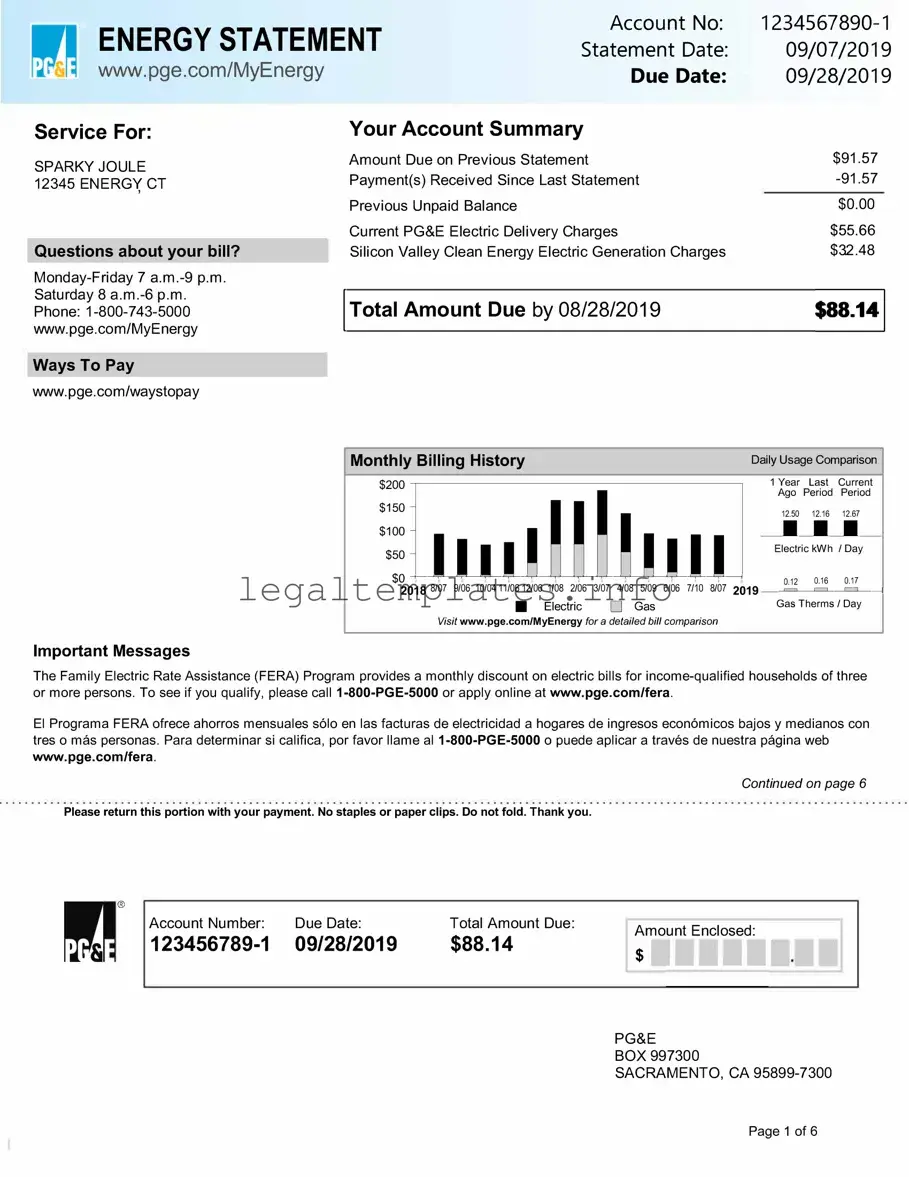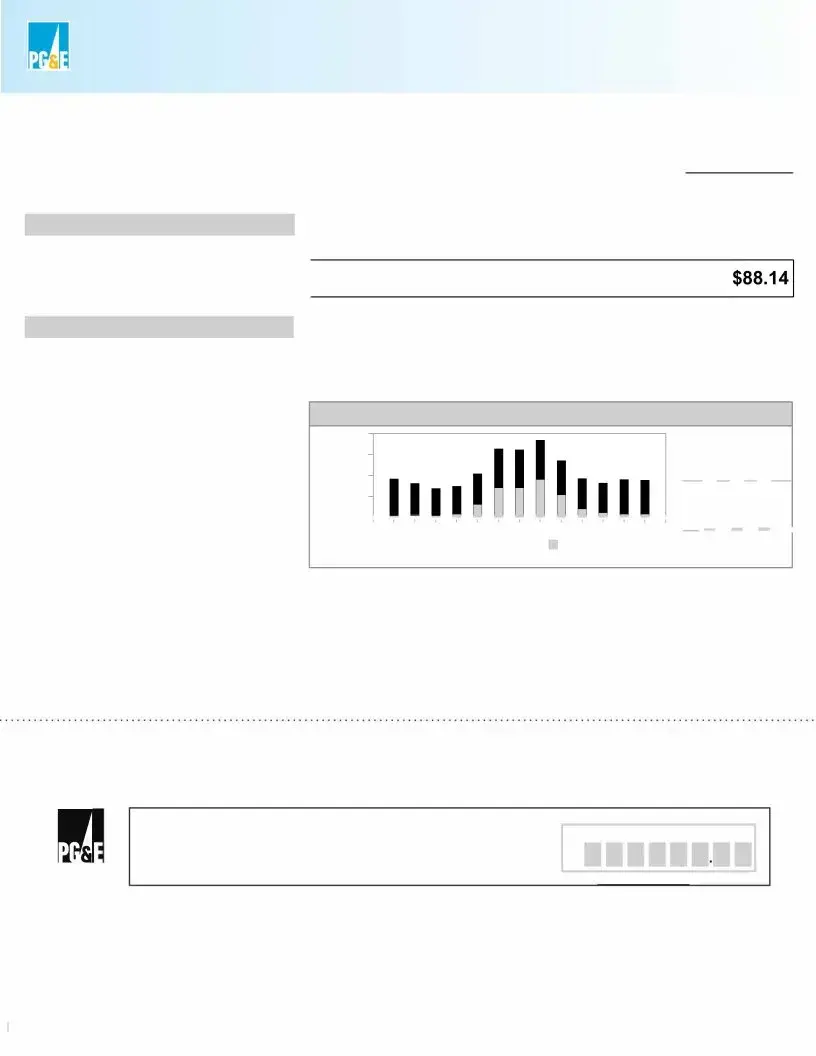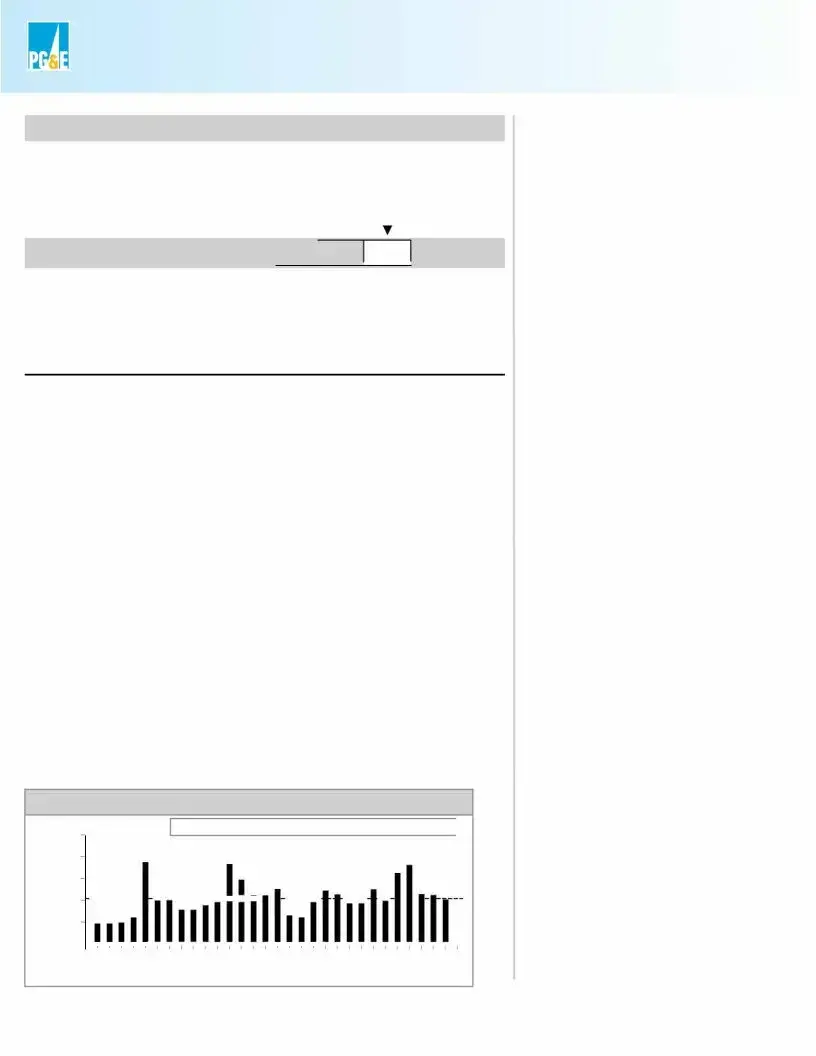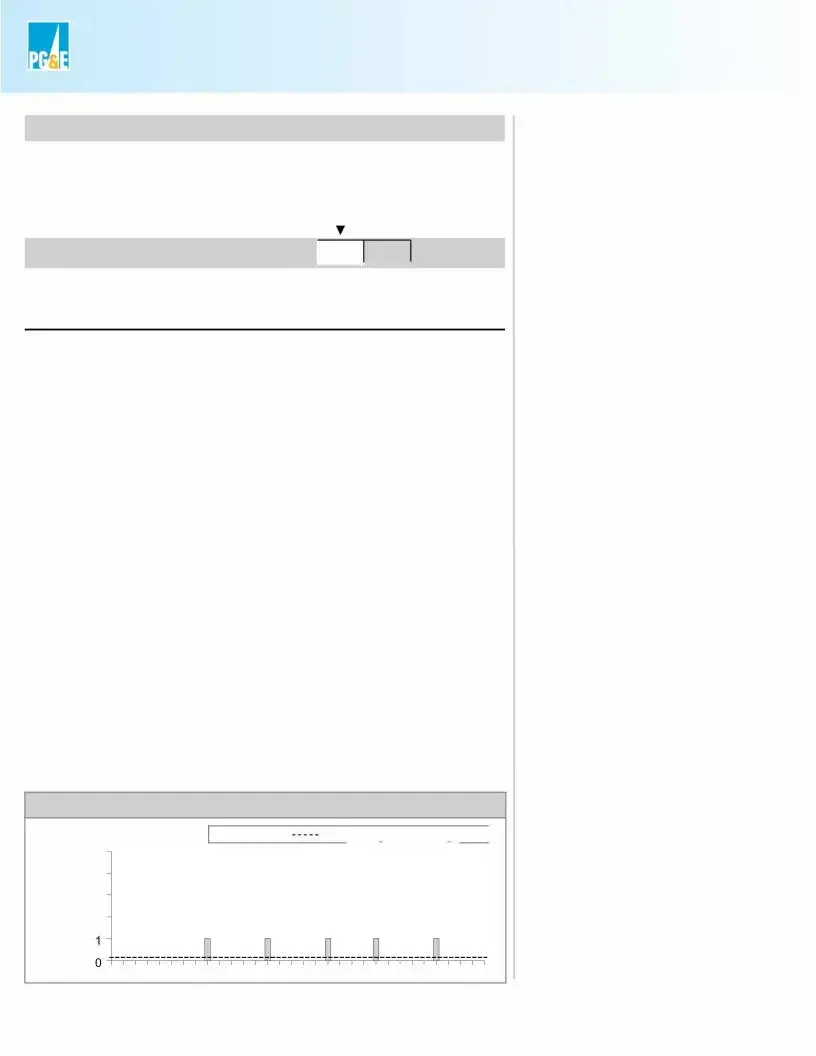The Bank Statement is a document that bears resemblance to the Utility Bill form in several ways. Both provide a detailed account of financial transactions over a specific period. Whereas a Utility Bill form outlines the charges for utilities consumed, a Bank Statement lists deposits, withdrawals, and balances, offering a snapshot of an individual's or entity's financial health. Each serves as proof of financial stability and residence when required by institutions or for verification processes, highlighting their importance in both personal and professional settings.
Rent Receipts are another category of documents similar to the Utility Bill form. They serve as proof of payment for housing, just as utility bills prove payment for services like water, electricity, and internet. Both documents play crucial roles in financial and residency verification processes, especially in applications for loans, government assistance programs, or when trying to establish creditworthiness. Their periodic issuance, usually monthly, also helps in maintaining organized financial records.
Property Tax Statements, much like Utility Bill forms, provide evidence of payments made, but in this case, for property taxes. These statements confirm an individual's or business's responsibility and fulfillment of tax obligations towards owned property. Both documents are essential for legal, financial, and property management purposes, often required during the sale of a property, in loan applications, or for tax assessment appeals, reflecting the owner's commitment to financial and civic duties.
Insurance Premium Notices are similar to Utility Bill forms because they both represent periodic financial obligations. Insurance notices detail the amount due for keeping an insurance policy active, covering health, life, auto, or home insurance, while utility bills cover monthly charges for essential services. Timely payments of both ensure continuity of services—insurance protection in one case and utility services in the other—underscoring their role in maintaining personal and household stability.
The Mortgage Statement closely mirrors the Utility Bill form by detailing ongoing payment obligations associated with home ownership. This statement outlines the remaining mortgage balance, the interest rate applied, and the payment due date, comparable to how a utility bill presents charges for recent service usage. Both are indispensable for homeowners, aiding in budget management and serving as proof of financial steadiness and residential status during financial assessments or transactions.
Credit Card Statements share numerous similarities with the Utility Bill form, displaying a comprehensive list of transactions, fees, and payments within a billing cycle. These statements account for purchases, cash advances, and payments, akin to how utility bills track service usage and payments. They are pivotal for personal financial management, credit score maintenance, and as substantiation of expenditures during budgeting or dispute resolutions.
Lease Agreements, while primarily contractual documents, share common ground with Utility Bill forms through their establishment of ongoing financial commitments. Lease agreements set forth terms for rent payments similar to how utility bills outline monthly charges for utilities, binding the parties to a period of payment responsibility. Both documents are fundamental in establishing tenancy and residency, often utilized in proving an individual's address or eligibility for various services or identifications.






